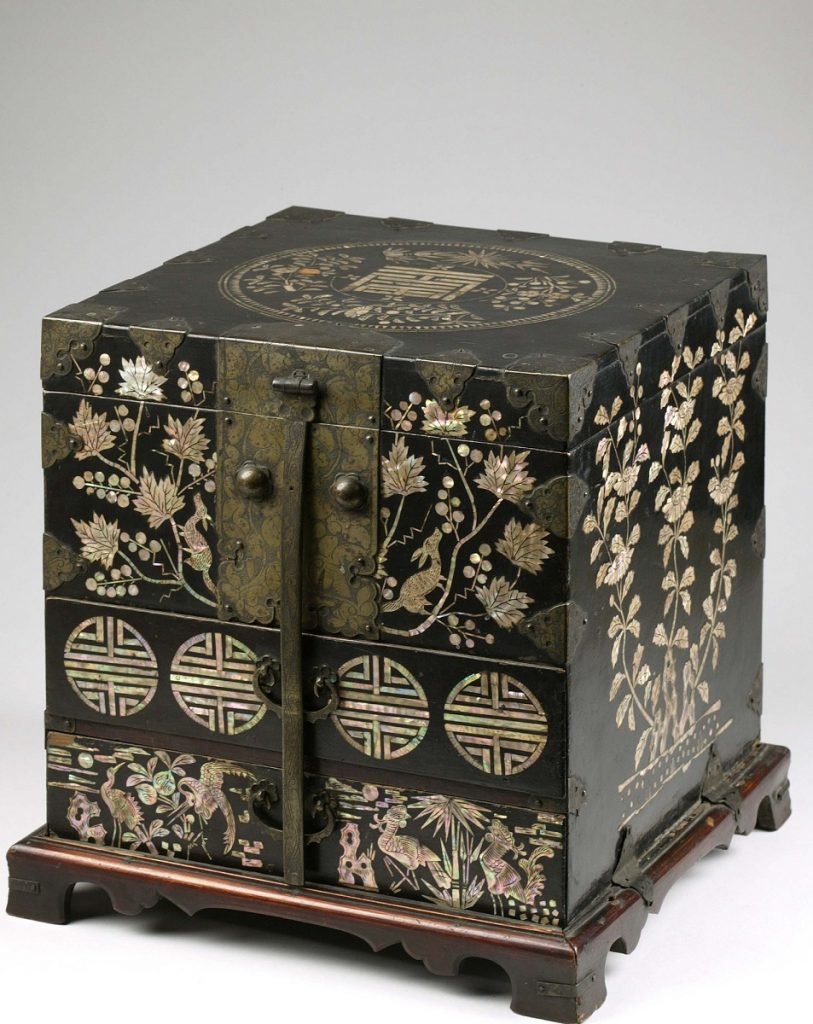Featured photo top of the post: Courtly meeting in the western garden, Songam (active during 18th century), eight-fold screen, ink and light colors on paper, 133, 4 x 518 cm, signature: “painted by Songam, written by Chosa”, Joseon dynasty (1392-1910), dated 1794.
MUSEUM OF EAST ASIAN ART – COLOGNE.
As with Chinese art, Fischer’s access to Korean art was mediated through Japan.
In 1905, the collecting couple traveled to Korea for the first time, where they made contact with Germans living there, such as the teacher Johannes Bolljahn, who taught German at Korea’s first state school. For trips to the interior of the country, Fischer used the knowledge of the Christian missionaries living in Korea, who not infrequently combined their missionary activities with collecting Korean art.
Fischer’s main interest was to search for the origins of Japanese Buddhist art in Korea. Finding no “ancient Buddhist” art in Seoul, Taegu, or Songdo, he set out for the Diamond Mountains with a caravan of horses. Disappointed, he reported finding no evidence of ancient or high quality art. Fire and wars had destroyed most of it, and what remained served as booty for the Japanese warlords. Thus, Fischer’s records are devoted more to observation of everyday life and evidence of shamanic religiosity.




Museum für Ostasiatische Kunst Köln

Museum für Ostasiatische Kunst Köln

